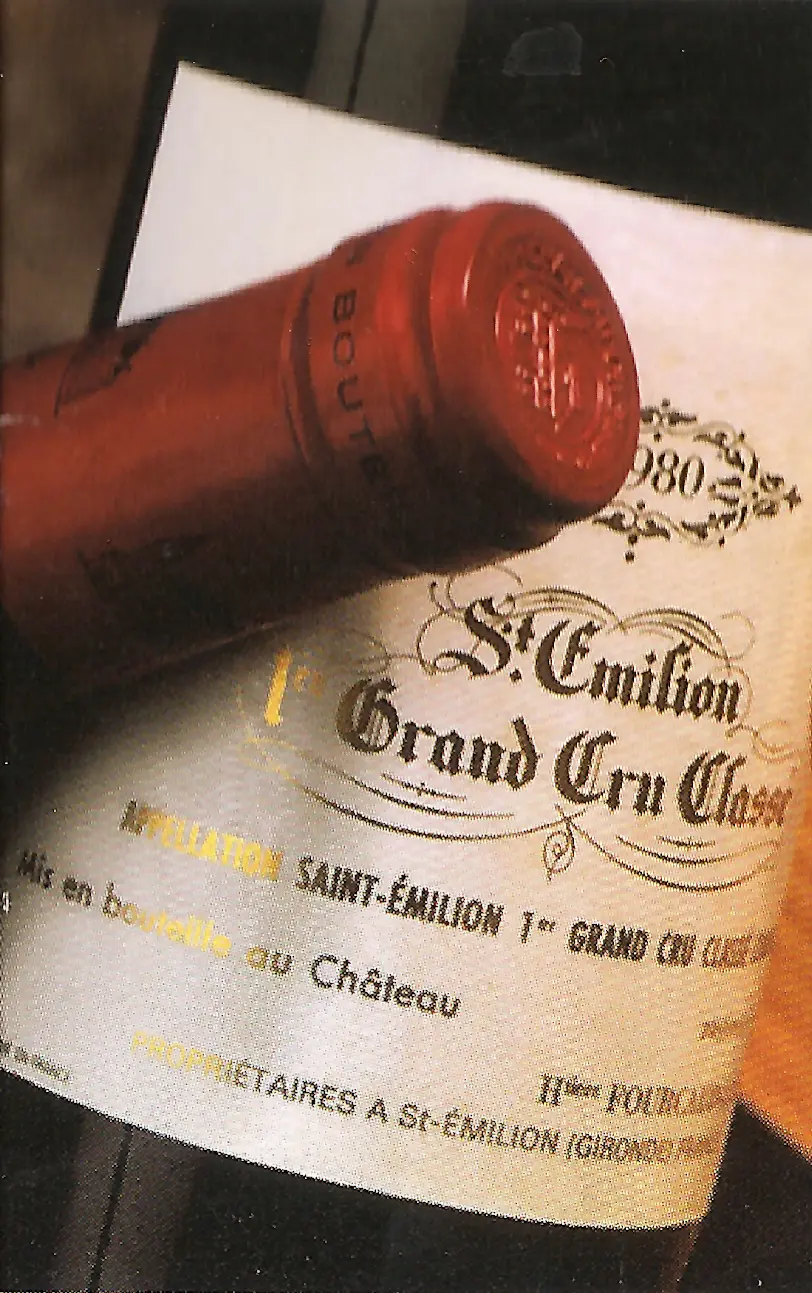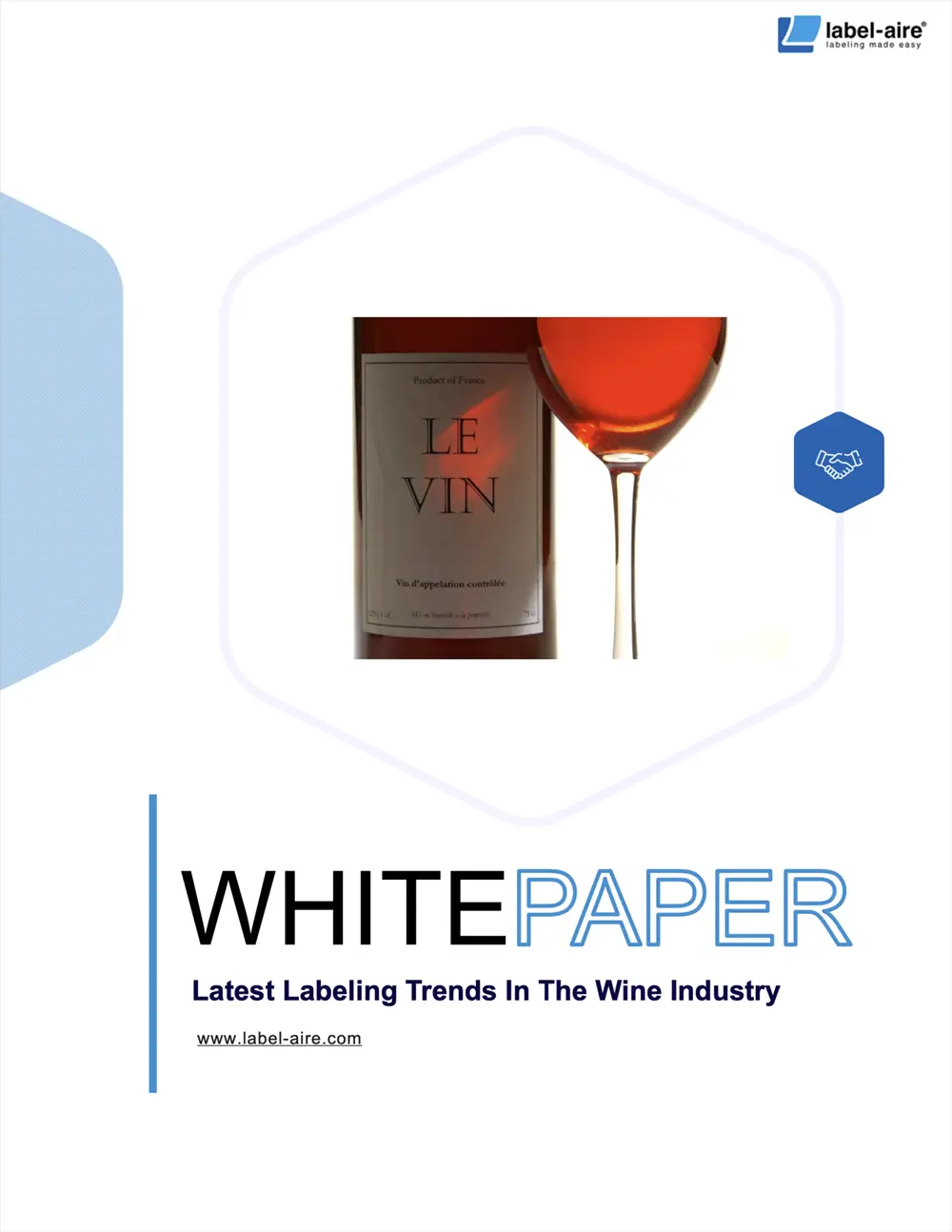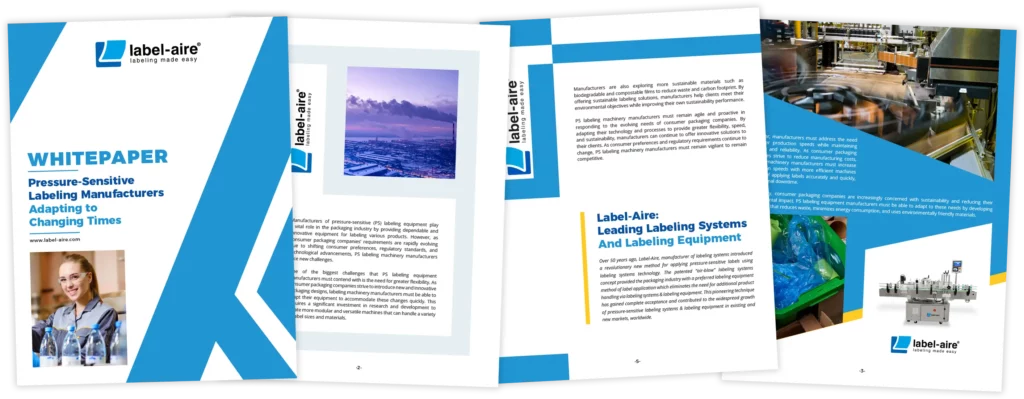The wine industry is constantly evolving, and one area that has seen significant changes in recent years is wine labeling. Wine labels have become an integral part of the wine industry, not only as a way to convey information about the wine but also as a tool for branding and marketing. In this article, we will explore the latest wine labeling trends in the wine industry.
- Minimalist Labels – Minimalist wine labels have become increasingly popular in recent years. These labels typically feature a simple design with minimal text, and they rely on elegant typography and subtle colors to convey the wine’s message. Minimalist labels convey a sense of sophistication and luxury, and they are particularly popular among younger consumers who appreciate simplicity and minimalism.
- Eco-Friendly Labels – With the increasing focus on sustainability and environmental responsibility, eco-friendly wine labels have become more prevalent in the wine industry. These labels are made from sustainable materials such as recycled paper, bamboo, or even grape skins. The labels feature earthy colors and natural textures, conveying the wine’s eco-friendly message.
- Augmented Reality Labels – Augmented reality (AR) is a technology that is becoming increasingly popular in the wine industry. AR labels feature a scannable code that, when scanned using a smartphone app, provides consumers with additional information about the wine. This technology allows wine producers to tell a more immersive story about their wine, including information about the winemaking process, tasting notes, and food pairing suggestions.
- Bold Colors – Bold, bright colors are becoming increasingly popular in wine labeling. These labels feature vibrant hues such as blues, greens, and yellows, which stand out on store shelves and attract the attention of consumers. Bold colors can also help to convey the wine’s flavor profile, with warm colors such as reds and oranges used for red wines and cool colors such as greens and blues used for white wines.
- Personalized Labels – Personalized wine labels have become popular among wine enthusiasts who want to create a unique gift or commemorate a special occasion. These labels feature custom text and images, allowing consumers to create a label that is truly their own. Personalized labels are also a popular way for wine producers to create limited edition wines, providing collectors with a unique and exclusive product.
- Textured Labels – Textured labels provide a tactile experience for consumers, with the label’s texture conveying information about the wine’s flavor profile. For example, a label with a rough texture may be used for a wine with a bold, full-bodied flavor, while a label with a smooth texture may be used for a lighter, more delicate wine.
In conclusion, wine labeling trends are constantly evolving, with new ideas and technologies emerging every year. These trends reflect the changing tastes and preferences of consumers, as well as the wine industry’s focus on innovation and creativity. Whether it’s a minimalist label, an eco-friendly label, or an augmented reality label, wine producers are constantly seeking new and innovative ways to make their wines stand out on store shelves and capture the attention of consumers.
Label-Aire: Leading Labeling Systems And Labeling Equipment
Over 50 years ago, Label-Aire, manufacturer of labeling systems introduced a revolutionary new method for applying pressure-sensitive labels using labeling systems technology. The patented “air-blow” labeling systems concept provided the packaging industry with a preferred labeling equipment method of label application which eliminates the need for additional product handling via labeling systems & labeling equipment. This pioneering technique has gained complete acceptance and contributed to the widespread growth of pressure-sensitive labeling systems & labeling equipment in existing and new markets, worldwide.



